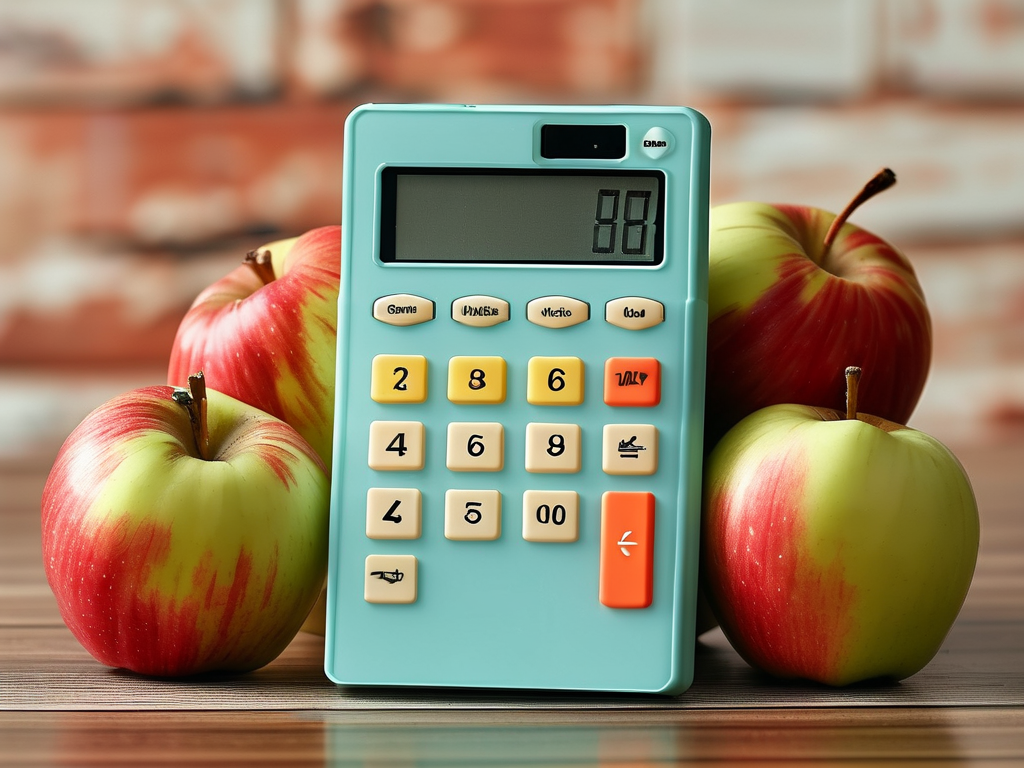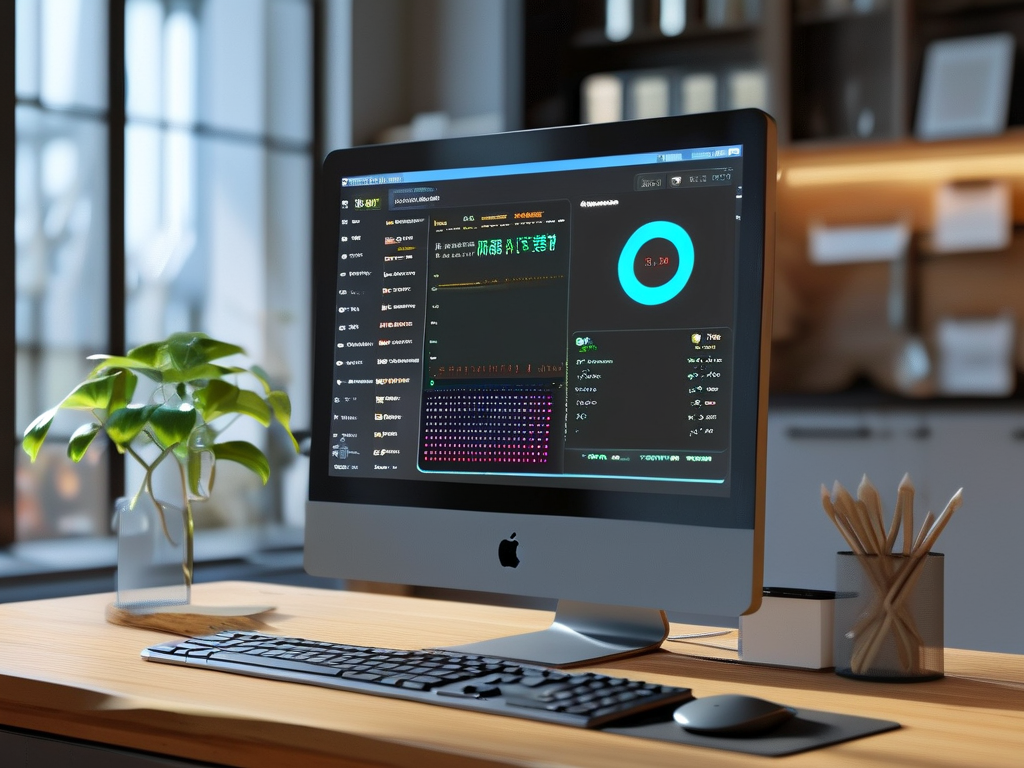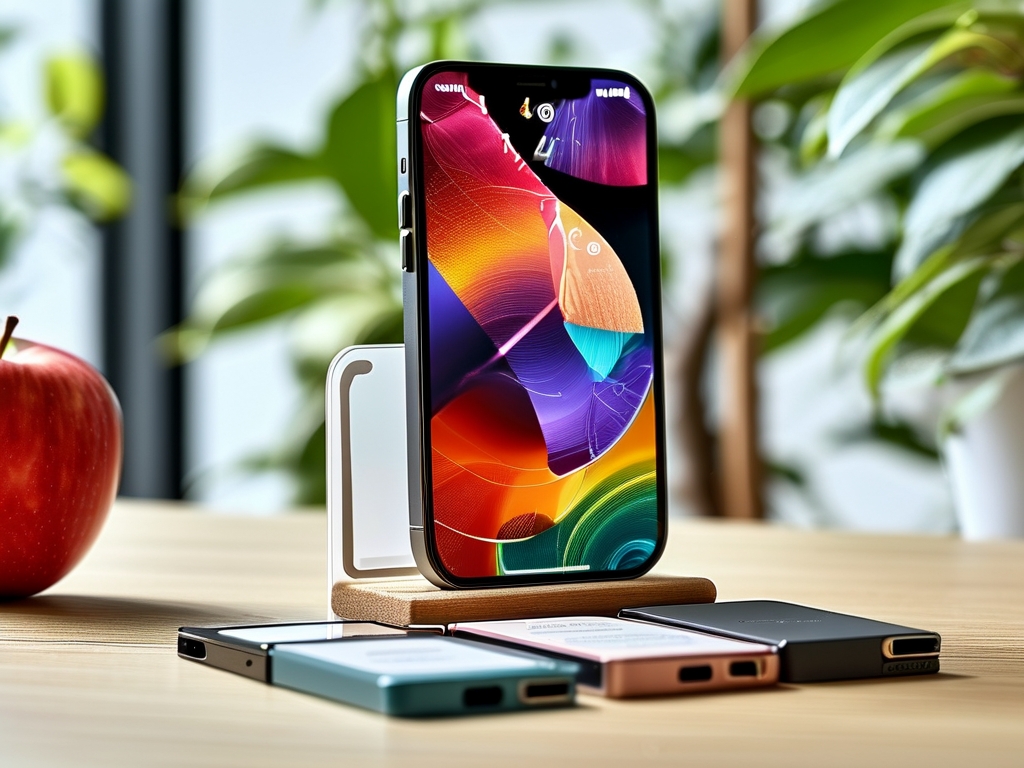In the digital age, memory cards have become indispensable for storing photos, videos, documents, and apps. However, as these cards fill up, users often face a critical question: Can storage management tools genuinely clean up memory cards, or are they just a temporary fix? This article explores how storage management works, its limitations, and alternative strategies for optimizing memory card performance.

Understanding Storage Management
Storage management refers to built-in or third-party tools designed to analyze and organize data on storage devices. For memory cards, these tools typically scan for duplicate files, cached data, unused apps, and residual files. For example, Android’s "Storage" settings or macOS’s "Disk Utility" categorize files by type and size, allowing users to delete unnecessary items. While these tools simplify the cleanup process, their effectiveness depends on the card’s file system, fragmentation level, and the user’s willingness to manually review suggestions.
How Storage Management "Cleans" Memory Cards
-
File Scanning and Categorization:
Storage management tools identify large files, temporary data, and duplicates. For instance, a 64GB memory card filled with smartphone photos might show a breakdown of images (30GB), videos (20GB), and cached app data (10GB). This categorization helps users pinpoint space hogs. -
Automated Deletion Suggestions:
Some tools recommend deleting files based on usage patterns. If a video hasn’t been opened in months, the system might flag it for removal. However, automation risks deleting important files if filters are too aggressive. -
Cache and Temporary File Removal:
Apps like web browsers or social media platforms generate cached files to speed up performance. While these files are technically dispensable, manually clearing them via storage management can reclaim significant space.
Limitations of Storage Management
Despite their convenience, storage management tools have notable drawbacks:
- Incomplete Scans: Hidden system files or fragmented data may evade detection. For example, residual files from deleted apps often linger unless manually removed.
- No Deep Optimization: Storage managers don’t defragment memory cards (unlike HDDs), which can improve read/write speeds on fragmented cards.
- Risk of Over-Deletion: Automated suggestions might delete files marked as "unused" but still valuable, such as archived project backups.
Alternative Strategies for Memory Card Cleanup
To complement or replace storage management, consider these methods:
-
Manual File Auditing:
Connect the memory card to a computer and review folders individually. This hands-on approach ensures no critical files are accidentally deleted. -
Third-Party Software:
Tools like CCleaner or DiskDigger offer advanced scanning and recovery options. They can identify hidden files or recover deleted data, providing greater control. -
Formatting the Card:
For a fresh start, formatting erases all data and resets the file system. However, this is a nuclear option—always back up data first. -
Preventive Measures:
- Regularly transfer files to cloud storage or external drives.
- Avoid storing non-essential apps on memory cards.
- Use high-endurance cards designed for frequent read/write cycles.
Case Study: Smartphone Photography Workflow
A photographer using a 128GB memory card for 4K video projects might struggle with storage limits. While storage management could delete cached thumbnails (~2GB), it wouldn’t address the 80GB of raw footage. Here, manual cleanup or offloading files to a NAS (Network-Attached Storage) would be more effective.
Storage management tools are useful for basic cleanup tasks but lack the precision required for thorough memory card optimization. Combining automated tools with manual oversight and preventive habits ensures long-term storage efficiency. Whether you’re a casual user or a professional, understanding your card’s limits and adopting a proactive approach will maximize its lifespan and performance.









